Apple Watch and iPhone can assess your heart frailty
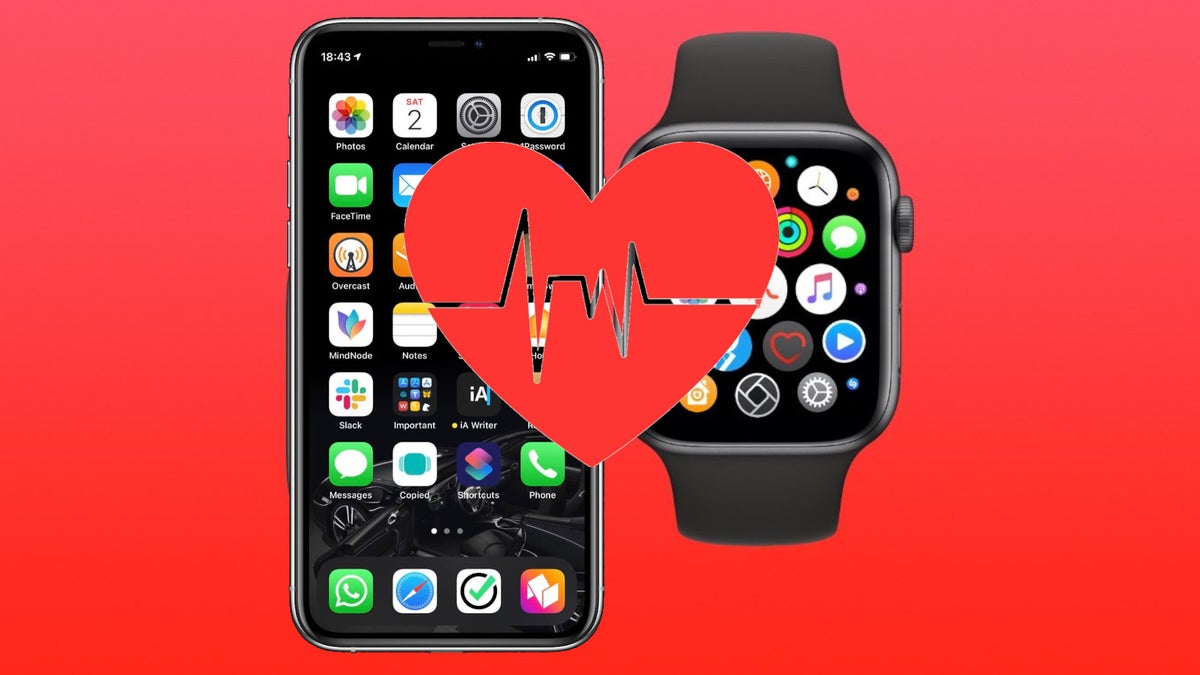
PLOS One, a peer-reviewed medical journal, has just published a study (discussed by Apple Insider) demonstrating that both the Apple Watch and iPhone are able to effectively remotely monitor heart frailty in someone living with a cardiovascular disease.
The study was done on 110 heart patients (109 men and 1 woman with a mean age of 69) awaiting cardiac procedures, and took place over the course of 6 months. Each patient received an iPhone and Apple Watch, both with the VascTrac app installed. The app, designed specifically for the study, allowed participants to perform weekly standard 6-Minute-Walk Tests at home, where distance covered was recorded along with heart rate. A patient's heart was classified as "frail" (a binary metric) if they covered less than 300 meters in those 6 minutes.
- iPhone 13: price, release date, features, and specs
The at-home test was supplemented by regular control visits to the clinic, where the same 6MWT test was performed under supervision and measured against the at-home results. The rest of the time, patients' steps and heart rates were passively collected through the app.
Passive activity data acquired by an iPhone and Apple Watch were an accurate predictor of in-clinic 6MWT performance. This finding suggests that frailty and functional capacity could be monitored and evaluated remotely in patients with cardiovascular disease.
The study concluded that passive activity data which the Apple gadgets collected through the VascTrac app, combined with at-home test results, predicted remarkably accurately the patients' results on their next in-clinic test.
An accurate, remote way to keep track of patients with heart conditions would be an invaluable achievement, especially at a time like the current pandemic, as it would allow doctors to stay abreast of Apple gadget owners' conditions as they perform the necessary tests within the safety of their home, without exposing themselves to the moderate risks that regular visits to the hospital would pose. Equally as much, doctors could be able to efficiently monitor a greater number of patients than before.
Follow us on Google News


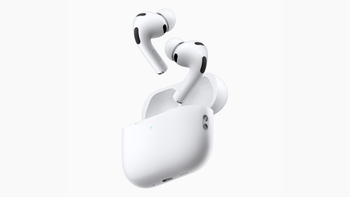
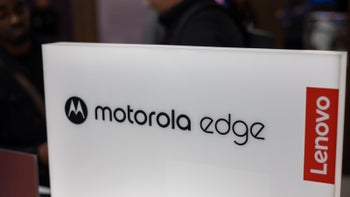


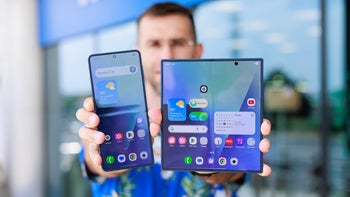




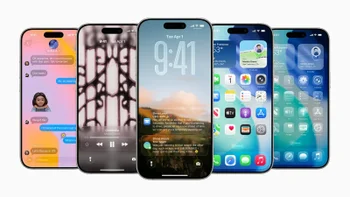
Things that are NOT allowed:
To help keep our community safe and free from spam, we apply temporary limits to newly created accounts: